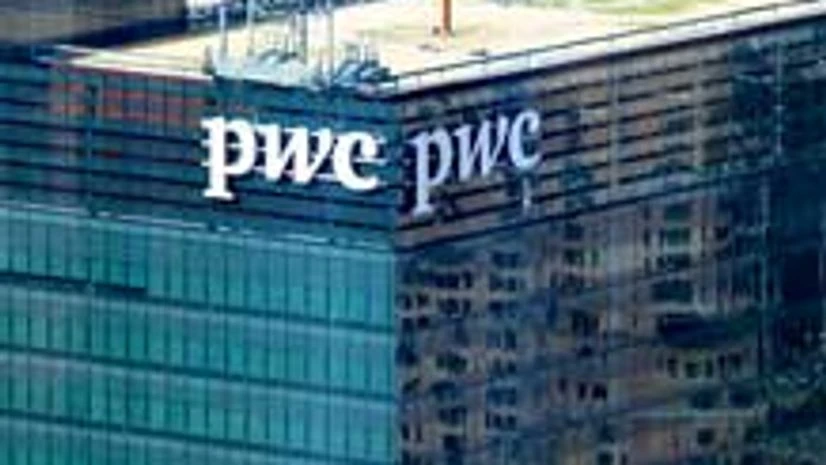Branchless banking solutions could be a smarter choice for enabling scale, said a report —The Future of India: The Winning Leap — by PricewaterhouseCoopers (PwC).
It said to deploy such solutions, banks must forge cross-sector partnerships with established players, shift from traditional to emerging low-cost solutions such as solar ATMs, and ride the mobility wave to maximise their reach to customers.
As a result, India could expand the percentage of citizens who have access to formal banking services (and actively using those services) from 35 per cent in 2012-2013 to 70 per cent in 2024 and 90 per cent in 2034 through investments of $28 billion, much lower than what needs to be spent using traditional methods.
Also Read
It said adoption of branchless banking channels and partnerships with players in other sectors could help banks reduce their infrastructure investments by 30 per cent.
It also said that use of digital channels such as mobile and online banking could greatly improve financial inclusion.
“Growth of five per cent in cashless transactions could help save more than Rs 500 crore annually for the national economy,” said the report.
The report said that while creation of a bank account is typically the first stage in the adoption of financial services, the ability of customers to carry out transactions remains the most critical aspect in their evolution. This would entail enabling greater access by addition of physical infrastructure of bank branches and ATMs across the country and significant expansion in the scale of emerging branchless channels such as mobile and internet banking.
Overall, the traditional branch-heavy approach to financial inclusion would require an addition of almost 400,000 bank branches and 175,000 ATMs by 2034, to a network of only 100,000 branches and 115,000 ATMs existing at present.
“Such a significant transformation for both urban and rural India would require an investment outlay of around US$ 40 billion by 2034 through traditional means,” the report said.

)
